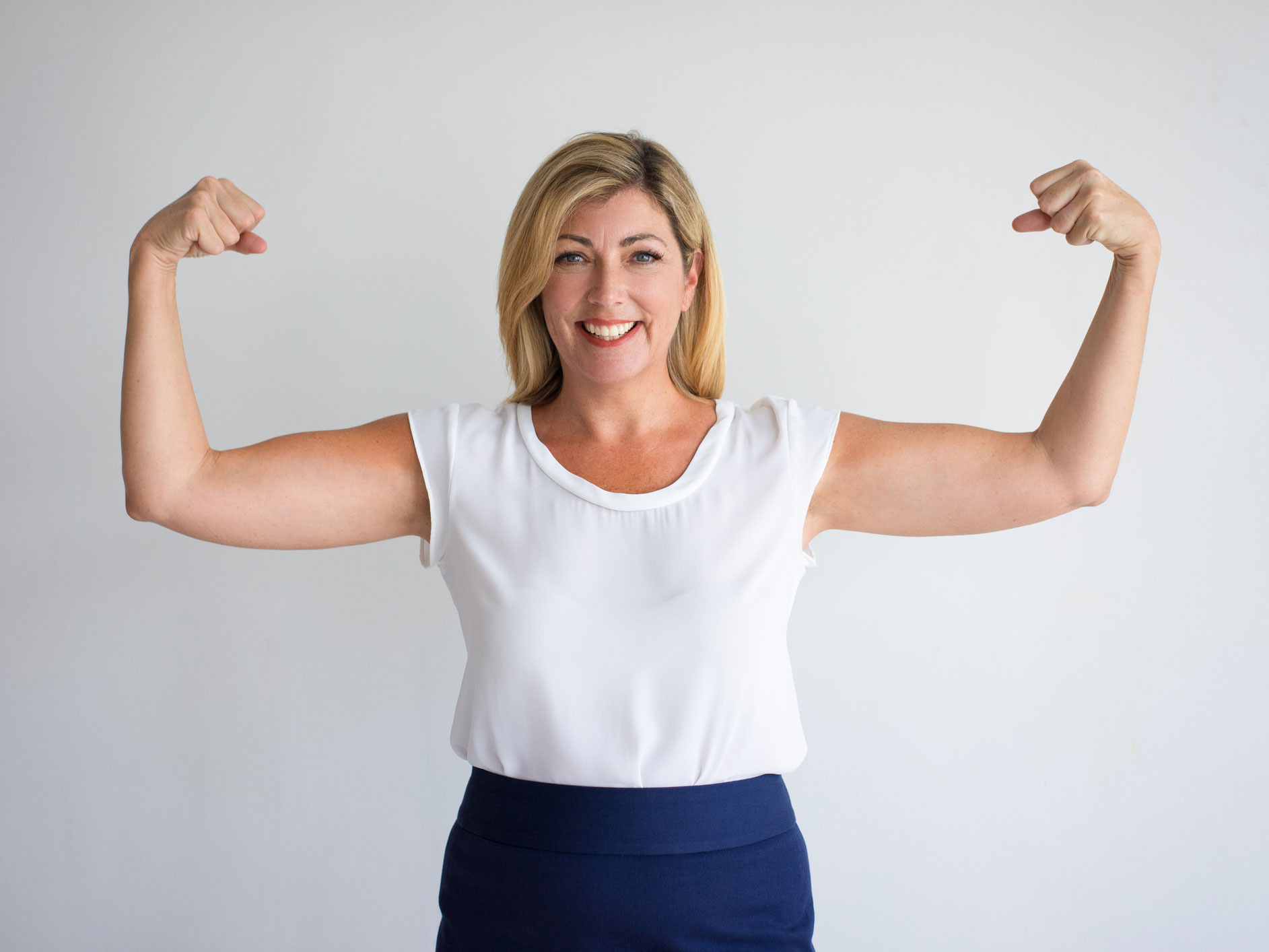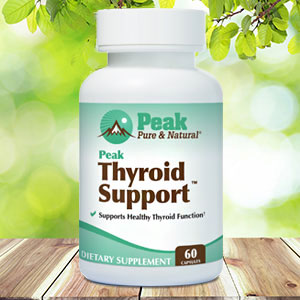Get Easy Health Digest™ in your inbox and don’t miss a thing when you subscribe today. Plus, get the free bonus report, Mother Nature’s Tips, Tricks and Remedies for Cholesterol, Blood Pressure & Blood Sugar as my way of saying welcome to the community!
The menopause-muscle connection you need to work on now

My mom and I were having breakfast together the other day when I mentioned that at my last doctor’s visit, they informed me that I had entered perimenopause — that rocky road that leads to full-on hormonal changes.
“Get ready,” my mom warned. “Life as you know it is about to change.”
And, her warning was spot on.
That’s because the plummeting hormones of menopause come with numerous symptoms far beyond hot flashes and night sweats. And, one of the most common is muscle loss.
Unfortunately, it’s one of the menopausal symptoms that hasn’t been well understood by the medical community. So, when it comes to the “change,” focus has been elsewhere.
But nothing makes aging more difficult than frailty — and without muscle, well that’s where a lot of women end up following menopause.
So, let’s look at what you can do about it…
Estrogen and muscle strength
A new University of Minnesota Medical School study has finally determined why your muscles may begin to atrophy when you go through “the change.”
The team focused on estrogen since it’s long been known that estrogen replacement therapy helps to maintain muscle strength. They investigated mice whose ovaries were surgically removed as well as mice without the estrogen receptor in their muscle stem cells to evaluate the muscles’ ability to regenerate.
The researchers found that the loss of estrogen or the genetic deletion of the estrogen receptor in muscle stem cells led to a massive 30 to 60 percent drop in muscle stem cell numbers across five different muscles. And, the surviving cells showed significant difficulty reproducing themselves and generating new muscle after an injury.
In other words, they found that without enough estrogen, muscle stem cells don’t work (or at least not well enough) to produce new muscle fibers.
But, they wanted to confirm that the results were also true in human and not just mice…
So, the team collaborated with another team of scientists in Finland who performed muscle biopsies in women shortly before and after the transition to menopause. And, the results of their study showed that in humans, the number of muscle stem cells correlated strongly with changing serum estrogen levels.
Basically, less estrogen led to fewer stem cells, fewer muscle fibers produced, and overall weaker muscles. Overall, this is the first research to show that estrogen is essential to maintaining muscle stem cell health.
Estrogen replacement or not?
Estrogen obviously impacts the body broadly. If you want to keep your muscle as you age, estrogen replacement will be a major consideration.
Your doctor would start with a personalized health assessment and weigh your personal and family health history before advising you on whether this route is a good one for you or not. For instance, someone with breast cancer risk would not be a candidate for any form of HRT.
If breast cancer is not a concern, guidelines that have come out since the Women’s Health Initiative study, all those years ago, says that hormone replacement therapy is safe if initiated within a few years after a woman’s periods end and doesn’t continue for more than 10 years.
According to JoAnn Pinkerton, MD, executive director of the North American Menopause Society, “In the past five years we’ve made tremendous strides in understanding who are the best candidates for hormone therapy and all the different options available.”
For many symptomatic menopausal women under age 60 or within 10 years of menopause, the benefits of hormone therapy will outweigh the risks, says Pinkerton (and that is what the North American Menopause Society guidelines say). “But for women who use hormones later, we need to minimize risks, often with lower dose, transdermal products,” she says.
If medicating to manage estrogen depletion isn’t for you, you might want to try these natural estrogen boosters instead:
- Flax seeds – Flax seeds are rich in phytoestrogens and also deliver a heart-healthy punch of omega-3 fatty acids.
- Soy – Packed with isoflavones that can naturally increase estrogen levels in women, soy products to try include tofu, soy milk, and soy yogurt. The Mayo Clinic says a moderate amount of soy foods (one to two servings a day) does not increase the risk of breast or other types of cancer.
- Phytoestrogen fruits – A few fruits, like peaches and strawberries, supply a healthy dose of phytoestrogens to help boost your estrogen levels. Some dried fruits are good choices too, such as dates, prunes, and apricots.
- Nuts – Nuts that can help enhance your muscle strength by increasing your estrogen are pistachios, peanuts, and walnuts.
No matter how you choose to boost your estrogen into perimenopause or during menopause, it’s important to have your hormone levels monitored by a physician.
If you are not yet into perimenopause, just getting there, or still enjoy exercise while in full-swing of menopause, be sure to include some endurance training in the form of jogging, biking, dancing, brisk-walking and even swimming. Build up those muscles and hold on to what you can, as long as you can.
Sources:
- UMN Medical School researchers explain muscle loss with menopause — EurekAlert!
- HRT Has an Uncertainty Problem. Does Compounding Make It Worse? — Managed Care magazine
- Estrogen Rich Foods You Should Include in Your Diet — MSN
- Will eating soy increase my risk of breast cancer? — Mayo Clinic













